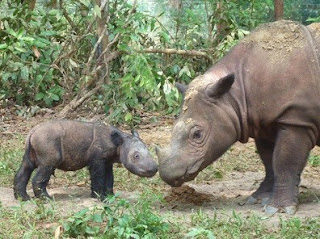Exotic Animals
Endangered Animals
Major Threats to Wildlife
News
Effects of Wildlife Conservation
Why We Must Concern To Wildlife Conservation
 |
| Fennec Fox( Fennec foxes are commonly trapped for sale to the pet trade and for fur by the human population of Northern Africa |
 |
Population animals that have been kill
|
 |
| Three 45 day-old Bengal White Tigers cubs are seen at their cage in the Buenos Aires Zoo. |
 |
Many polar bear have been shoot to get their skin
|
 |
Trees are cut down for lumber and to clear land for agriculture or cattle.
|
 |
| Hunting and Fishing, Deer and Predators |
 |
| Less than 100 Sumatra Rhino now exist |
 |
| small mammal animals in danger habitat |
.jpg) |
| Waterfowl also being endangered species and their habitat always change. |